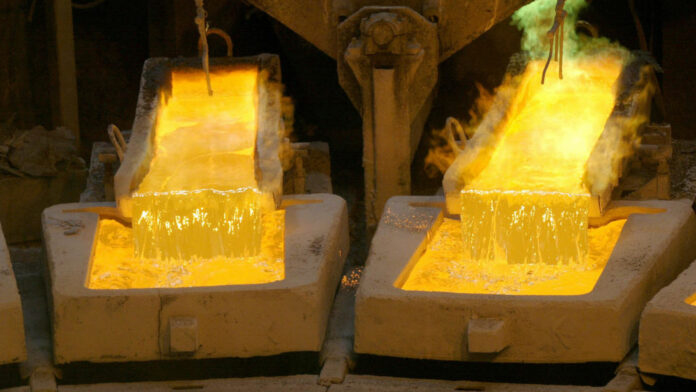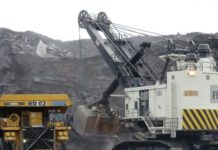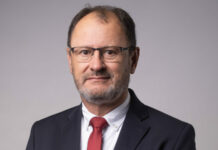
FIRST Quantum Minerals today unveiled $1.35bn in new projects in Zambia, a development that signals a thawing in the relationship between the Toronto-listed firm and the southern African country.
First Quantum was previously quoted as saying deployment of capital deployment in Zambia was unlikely. That was during the final years of the administration of former Zambian president, Edgar Lungu which implemented fiscal changes including the non-deductibility of royalty payments to government.
Today’s announcement stated that First Quantum will expand its Kansanshi operations at Solwezi, known as the S3 project for about $1.25bn. The company will also spend the final $100m installment on its $250m Enterprise nickel project in Kalumbila.
“These investments have been waiting in the wings for years now, and it is deeply gratifying to me that, through these two major projects, First Quantum is committing itself to a long and bright future in Zambia, to the benefit of the company and the nation jointly,” said Godwin Beene, a spokesman for First Quantum Minerals.
He acknowledged the role played by the Zambian government. Only two months after the election of Hakainde Hichilema as Zambia’s new president last year, the country reformed tax regulations in its national budget. New rules mean that royalties mining companies pay are deductible from corporate tax.
The S3 project will extend the life of Kansanshi until the 2040s, and increase copper and gold production by around 25%, said First Quantum in its statement. The project will also add approximately 800 permanent jobs, and a further 1,800 during the construction phase. “Crucially, it also safeguards the futures of the 8,500 people already employed at Kansanshi,” it said.
The Enterprise mine will produce some 10,000 tons of nickel concentrate a year. According to First Quantum it will make Zambia a “pre-eminent nickel producer” supplying manufacturers of batteries for electric vehicles. The mine is expected to be operational within 12 months’ time and employ about 700 full time staff.










